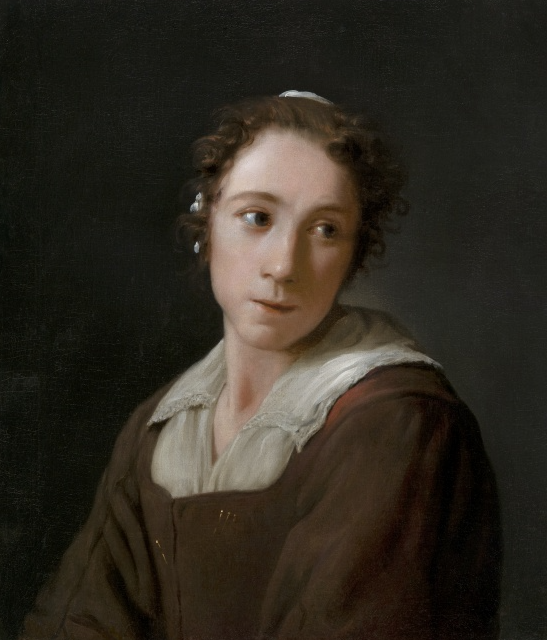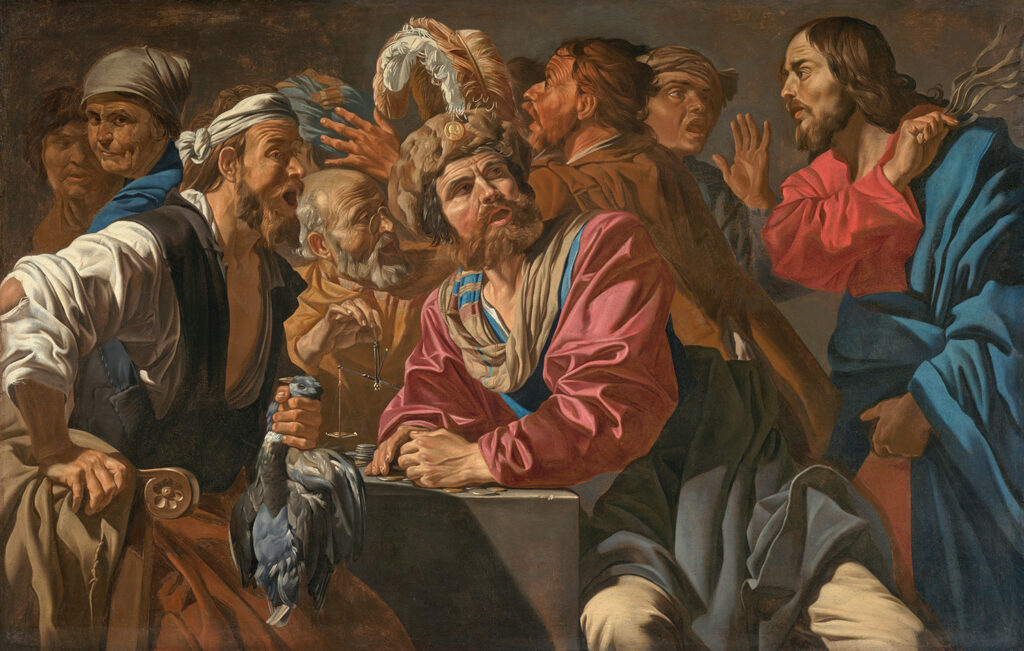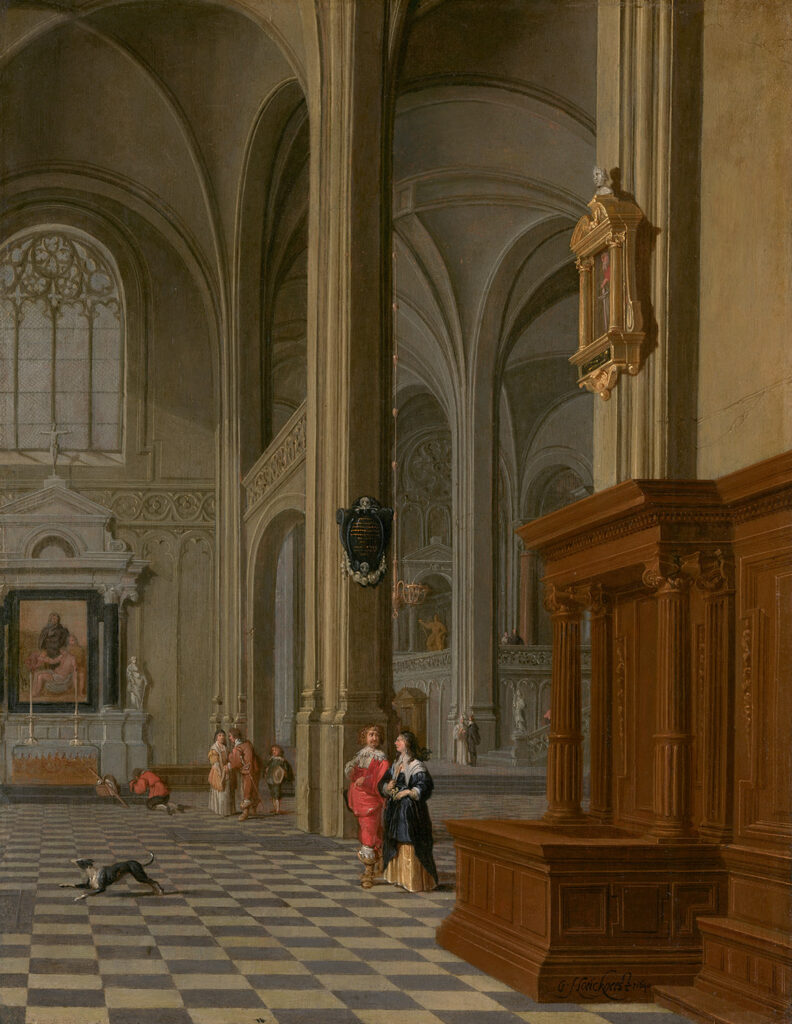COORTE, Adriaen
Very little is known about the still-life painter Adriaen Coorte. He belonged to the Coorte family of IJzendijke, a small town near the Dutch city of Middelburg. The Coortes were a relatively well-off family who, according to land registers from the period, owned many of the dikes and polders surrounding the town. Although Adriaen’s birth date is not precisely documented, records of his siblings’ births and deaths suggest he was born between 1659 and 1664.[1] Information concerning his artistic training is similarly elusive. His earliest known painting dates to 1683, by which time he would have been between 20 and 24 years old.[2] Coorte may well have continued to live in his home town, as he eventually inherited two IJzendijke polders from his parents. Based on the fact that many of his paintings appeared in sale catalogues and inventories in Middleburg in the eighteenth century, it seems probable that he worked in proximity to that city. In 1695–1696, the Middelburg Guild of Saint Luke fined Coorte one Flemish pound for selling paintings as an unregistered master, suggesting he was active within the city, even if he did not keep a permanent residence there.[3] In any event, he must not have been well known within the guild, as guild records misspell his last name and entirely omit his first name. Coorte continued to be associated with the area after his death. An estate inventory from 1783 makes note of “a flower piece by Coorde of Vlissingen,” a community located just to the south of Middelburg.[4]
Coorte’s paintings, which number about one hundred, consist primarily of high-quality, small-scale still lifes depicting fruit, vegetables, flowers, shells, wild game, and vanitas subjects on a ledge or in a niche, arranged against a dark background. His latest known work dates to 1707. Descriptions of his work that survive from the early eighteenth century suggest that he was held in high esteem at the time.[5] In spite of this, Coorte’s name was virtually forgotten until the 1950s, when his artistic qualities were newly recognized by the Dutch art historian Lawrence Bol.[6]


